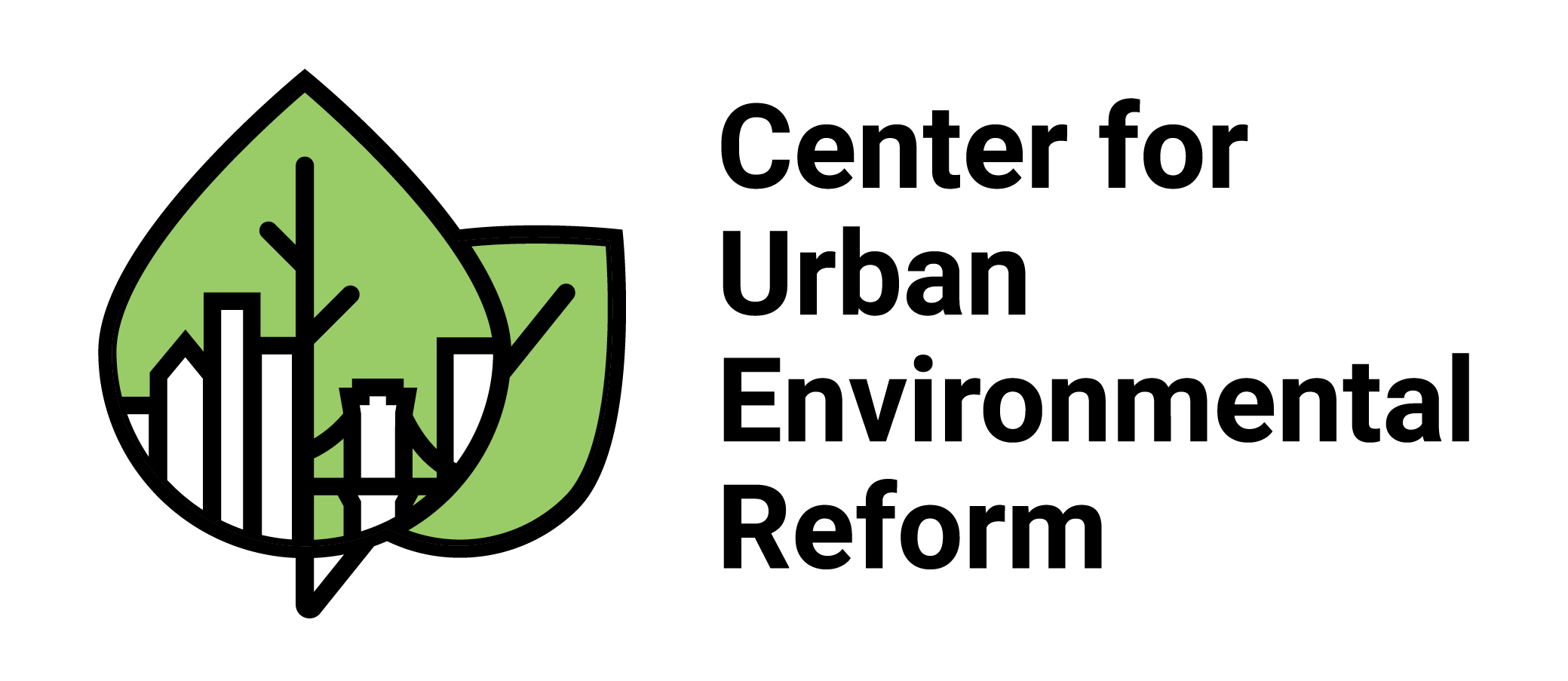Resiliency in New York City
If we were to pursue policies aimed at resilience, what exactly would they look like in an urban center like New York? Given the compact and dense nature of New York, any approach to resiliency must be multifaceted and address as many areas as possible. A multifaceted approach is not only necessary because of how interlinked systems and urban life are in New York; it is also necessary because an approach based solely on protection is likely insufficient to meet our changing environments, as was the case in New Orleans during Hurricane Katrina.
The Mayor’s Office of Recovery and Resiliency has started implementing a resiliency plan that is projected to cost at least $20 billion before it is completed, with the plan seeking a multifaceted approach that focuses on infrastructure, urban planning, coastal protection, building investment, changing codes and laws to support resiliency, and collaborating with utilities. The focus of these initiatives is largely aimed at working with the lower income neighborhoods in the city.

(Image: Quokka-roo – Own work, CC BY-SA 3.0)
Coastal resilience efforts have already begun with projects in Hunts Point, on the south shore of Staten Island, Red Hook, and on the East River Park, which seeks to protect lower income housing. However, these projects should only be a beginning point in our discussion on resiliency policies and how we can best implement them. Unfortunately, given the size, scope, and limited funding available, policies aimed at resilience can become difficult to balance and implement in a holistic way, especially when the efforts are left only to City and State entities. Although there are models in other nations, like the Netherlands, these models for creating resilient cities may not always be applicable given the differences in culture, economy, environment, and government. However, there are ways that private actors and communities can get involved in implementing or encouraging resilience, which will be discussed further next week when we examine how Red Hook could become a model for sustainable resilience in the coming decade.

